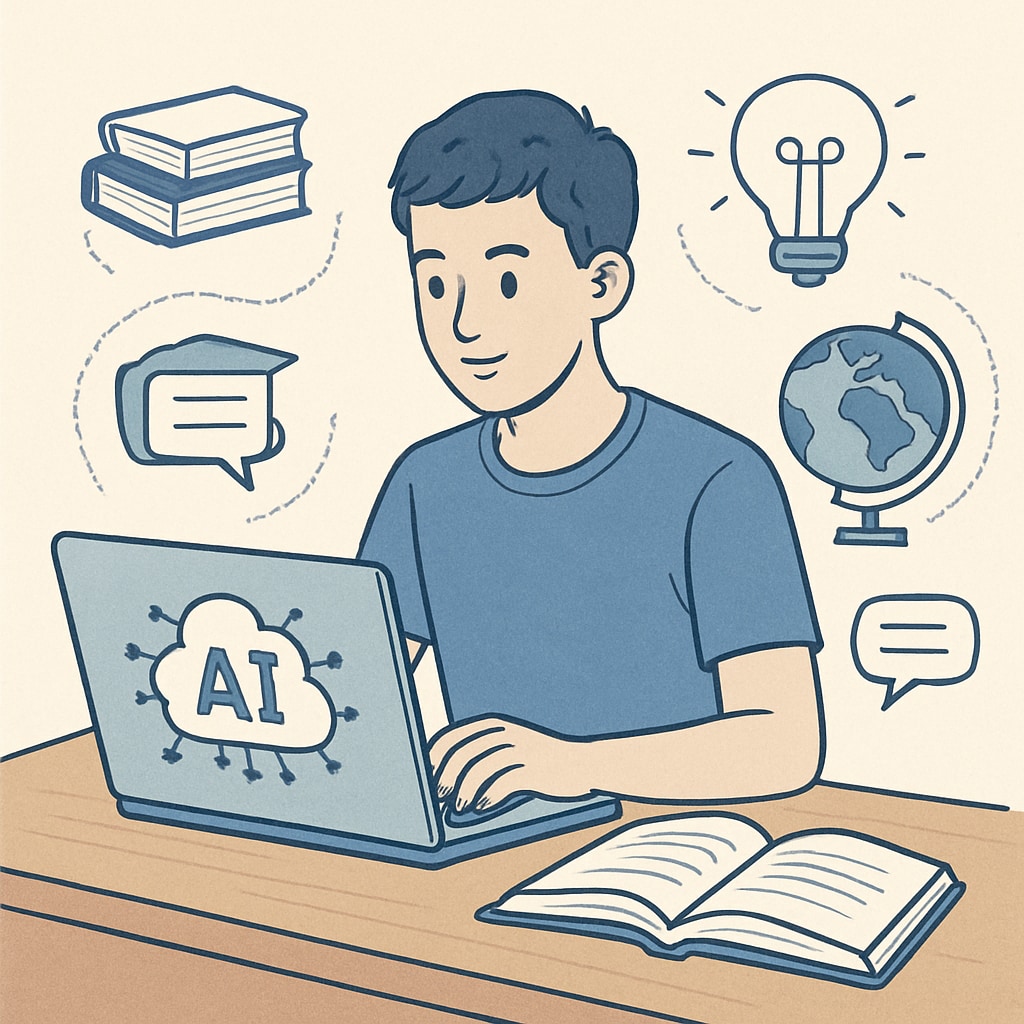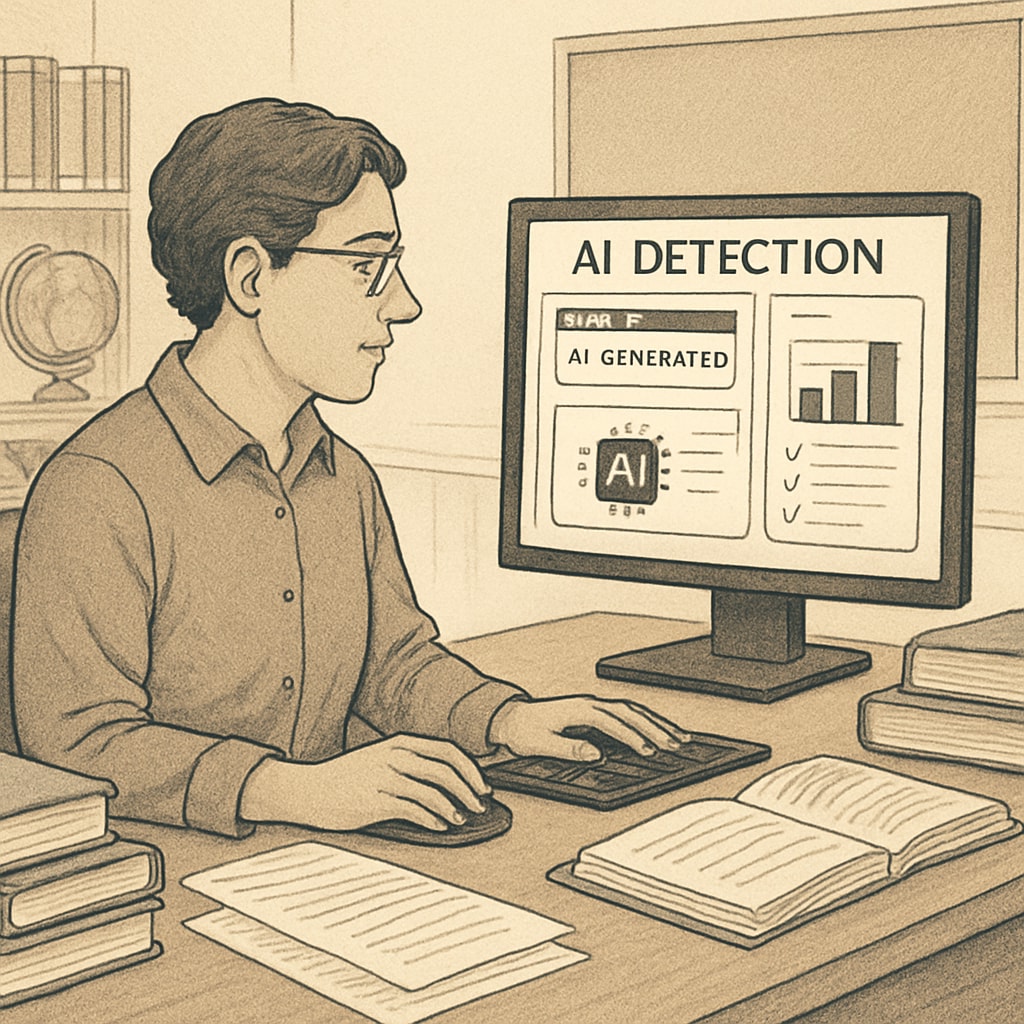The increasing use of AI tools in education, particularly in K12 environments, has sparked debates about academic integrity. As students increasingly rely on AI to complete assignments, educators face new challenges in ensuring the authenticity of learning and maintaining honesty. While detection tools are being developed to address these issues, their limitations highlight the need for a more balanced approach that embraces innovation without compromising academic values.
The Impact of AI Tools on Learning Authenticity
AI-powered tools, such as ChatGPT and other generative software, have become accessible to students, offering quick solutions to complex problems. While these tools can enhance learning by providing instant feedback and personalized support, they can also lead to misuse. For example, students may use AI to generate essays or solve math problems without fully engaging with the material, undermining their learning experience.
Moreover, over-reliance on AI tools risks creating a culture of dependency where critical thinking and problem-solving skills are underdeveloped. Educators must navigate this emerging landscape carefully, ensuring that students use AI as a supplement to learning rather than a substitute.

Limitations of Current Detection Tools
To combat misuse, various AI detection tools have been introduced, such as Turnitin’s AI detection capabilities and Grammarly’s plagiarism checker. These tools aim to identify AI-generated content, but their effectiveness is not foolproof. For instance, AI detection algorithms often struggle to differentiate between human-written and AI-assisted text, especially as generative models become more sophisticated.
Another major limitation is the potential for false positives. Students who genuinely produce high-quality work may be unfairly flagged by detection tools, leading to unnecessary stress and disputes. Additionally, these tools often focus on text-based assignments, leaving other forms of academic work, such as coding or multimedia projects, largely unaddressed.
Educators and institutions must recognize these limitations and avoid over-reliance on detection tools. Instead, a multi-faceted approach is needed to foster both integrity and innovation in the classroom.

Balancing Innovation with Academic Integrity
To address these challenges, K12 educators can adopt several strategies that balance the benefits of AI tools with the need for academic honesty:
- Promote AI Literacy: Teach students about the ethical use of AI tools and their limitations. By understanding how AI works, students are more likely to use it responsibly.
- Redesign Assignments: Create assignments that require critical thinking, creativity, and personal input, making it harder for AI tools to produce satisfactory results without genuine effort.
- Encourage Collaboration: Group projects and peer reviews can help minimize the misuse of AI by fostering a collaborative learning environment.
- Combine Detection with Dialogue: Use detection tools as a starting point for conversations about academic integrity, rather than as the sole determinant of misconduct.
By integrating these approaches, educators can create an environment where technology enhances learning while upholding the principles of academic integrity.
The Road Ahead for K12 Education
As AI tools continue to evolve, so too will the challenges they bring to education. The key to navigating this landscape lies in adaptability and collaboration. Schools must invest in ongoing professional development for teachers, equipping them with the skills and knowledge to manage AI’s influence in the classroom.
Furthermore, policymakers and educational organizations should collaborate to establish clear guidelines for the ethical use of AI in schools. By setting standards and expectations, they can help create a balanced approach that leverages technology’s benefits while safeguarding academic values.
In conclusion, the rise of AI tools in education is both an opportunity and a challenge. By understanding the implications of these tools and adopting proactive strategies, K12 educators can ensure that innovation and integrity go hand in hand, preparing students for a future where technology plays an ever-increasing role.
Readability guidance: Use short paragraphs and lists to summarize key points. Ensure a balance between active and passive voice, and incorporate transitional words for fluid reading.


